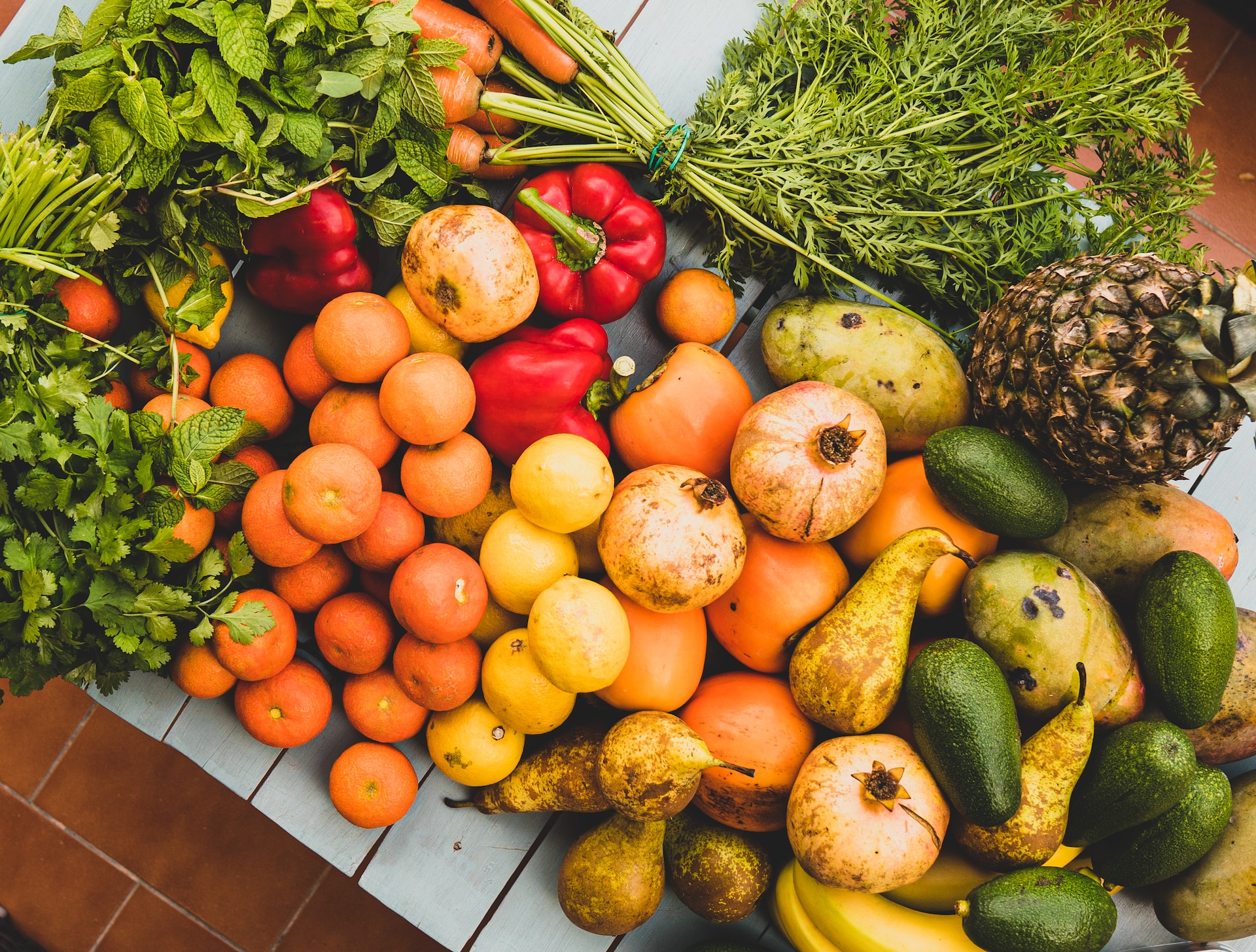Food is not just a source of sustenance, but also a powerful tool for healing. The relationship between food and health has been recognized for centuries, with many cultures using food as a form of medicine. In recent years, there has been a growing interest in the healing properties of food, with many people turning to food as a way to prevent and treat illness. In this article, we’ll explore the intricate relationship between food and healing.
The Healing Properties of Food
Food has a wide range of healing properties, from reducing inflammation to boosting the immune system. Many foods contain antioxidants, which help to protect the body from damage caused by free radicals. Other foods contain anti-inflammatory compounds, which can help to reduce inflammation in the body.
Certain foods are also known for their ability to boost the immune system. For example, foods that are high in vitamin C, such as citrus fruits and leafy greens, can help to strengthen the immune system and prevent illness.
In addition to these specific healing properties, food also plays a more general role in promoting overall health and well-being. Eating a balanced diet that is rich in whole foods, such as fruits, vegetables, whole grains, and lean proteins, can help to reduce the risk of chronic diseases such as heart disease, diabetes, and cancer.
The Role of Food in Traditional Medicine
The healing properties of food have been recognized for centuries in traditional medicine systems such as Ayurveda and Traditional Chinese Medicine. In these systems, food is seen as a form of medicine, with different foods being prescribed for different health conditions.
For example, in Ayurveda, certain foods are believed to have specific healing properties based on their taste, texture, and other qualities. For example, bitter foods are believed to be cleansing and detoxifying, while sweet foods are believed to be nourishing and grounding.
In Traditional Chinese Medicine, food is seen as a way to balance the body’s energy, or qi. Different foods are believed to have different energetic properties, with some foods being considered warming and others being considered cooling.
The Science of Food and Healing
While traditional medicine systems have long recognized the healing properties of food, modern science is also beginning to explore this relationship. There is growing evidence to suggest that certain foods and nutrients can have a significant impact on health and well-being.
For example, studies have shown that a diet that is rich in fruits, vegetables, whole grains, and lean proteins can help to reduce the risk of chronic diseases such as heart disease, diabetes, and cancer. Other studies have shown that specific nutrients, such as omega-3 fatty acids and vitamin D, can help to reduce inflammation and boost the immune system.
In addition to these specific nutrients, the overall quality of the diet is also important. Eating a diet that is high in processed foods, sugar, and saturated fat can have a negative impact on health, increasing the risk of chronic diseases and other health problems.
Conclusion
Food is not just a source of sustenance, but also a powerful tool for healing. The healing properties of food have been recognized for centuries in traditional medicine systems, and modern science is beginning to explore this relationship as well. Eating a balanced diet that is rich in whole foods can help to promote overall health and well-being, while specific foods and nutrients can have a significant impact on preventing and treating illness. By understanding the intricate relationship between food and healing, we can make informed choices about what we eat and how we use food to support our health.




